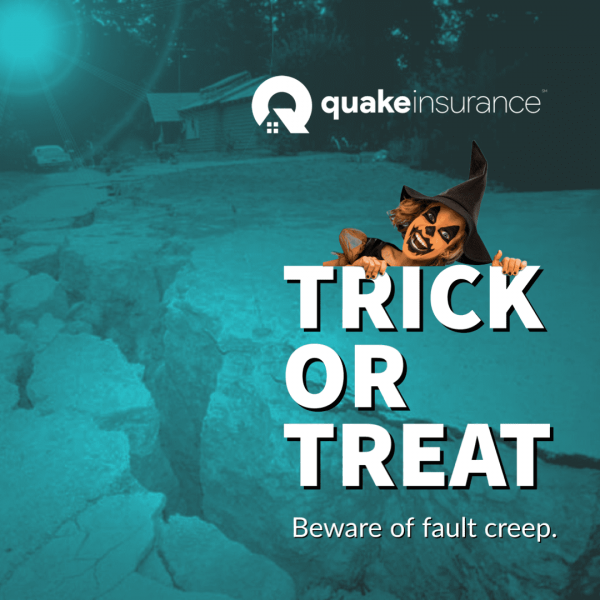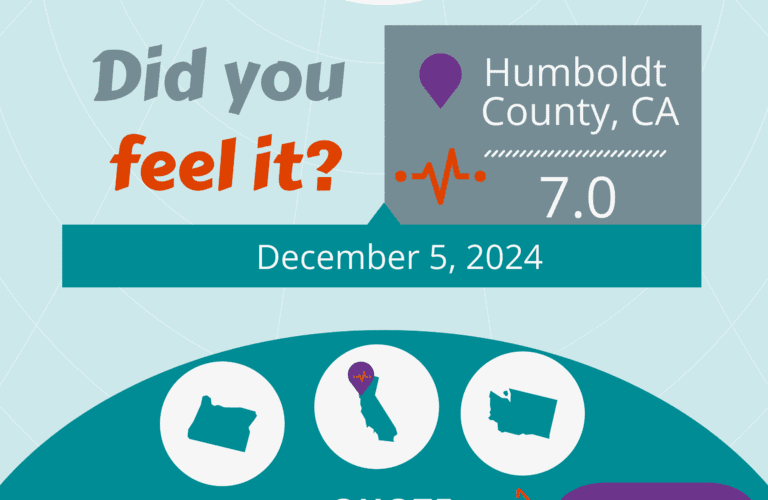Trick or Treat!
Did you feel it? Tuesday’s 5.1 earthquake near San Jose, California Opens a new window, crept up on millions of residents throughout the Bay Area with strong shaking.
The creep to be blamed here is the Calaveras Fault, a 100-mile stretch of the East and South Bay Areas. The Calaveras fault is known for it’s fault creep, sliding 0.2 inches every year.
While fault creep allows energy to be released slowly, it is misguided to think a powerful and devastating quake is not likely to occur along a creeping fault.
In addition, researchers say fault creep could produce higher magnitude earthquakes Opens a new window in California than previously thought.
New Movement in the Fault Lines
A fault system running nearly 70 miles along highly populated neighborhoods of Los Angeles and Orange counties has the potential to trigger a magnitude 7.8 earthquake, according to a new study that is the latest to highlight the seismic threats facing Southern California.
At the same time, the Garlock Fault has been moving Opens a new window. This fault has the potential to produce a magnitude 8 earthquake, and this “creeping” is a by-product of the Ridgecrest earthquakes. With the heightened concern about the San Andreas faultline and the “Big One” coming, new or unprecedented activity is enough to catch the attention of seismic experts.
The Garlock Fault’s movement is known as “creep”: meaning that it is moving at a slow, continuous pace. Creep is typical among California faults, and creep could also trigger an earthquake nearby. The San Andreas fault has often had spells of creeping in reaction to other nearby earthquakes. Scientists are especially concerned about the San Andreas’s potential for disaster, but that’s not to say it’s the only cause for concern.
Can creeping fault lines cause earthquakes?
Fault lines are more closely tied together than you would imagine. A seismic event can ripple out and influence the delicate web of fault lines around it. Earthquakes of all sizes are a reality for California life, and what could set off the domino effect is unclear. This rise in seismic activity serves as an important reminder:
It’s best to assume the Big One could happen at any time, and it’s essential to be ready for it.
QuakeInsurance by GeoVera provides top-rated insurance solutions in catastrophe-exposed areas and is the leading provider of residential earthquake insurance. Call us 1 (800) 324-6020 or Get a quote today! Opens a new window



